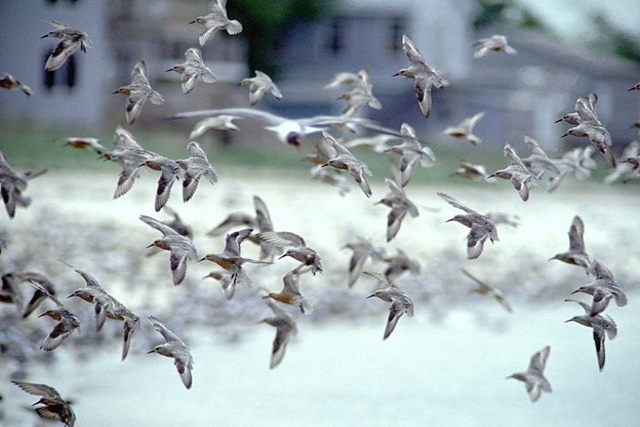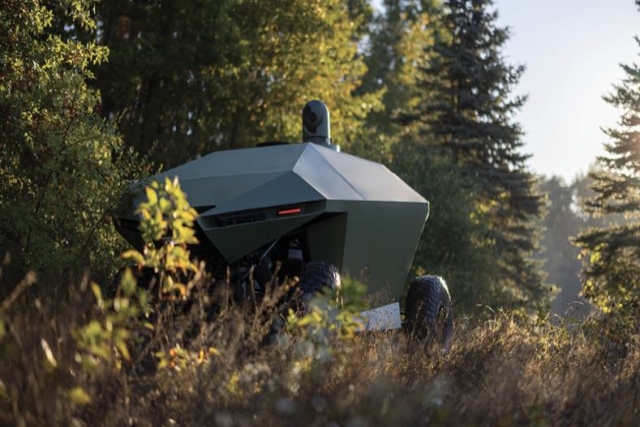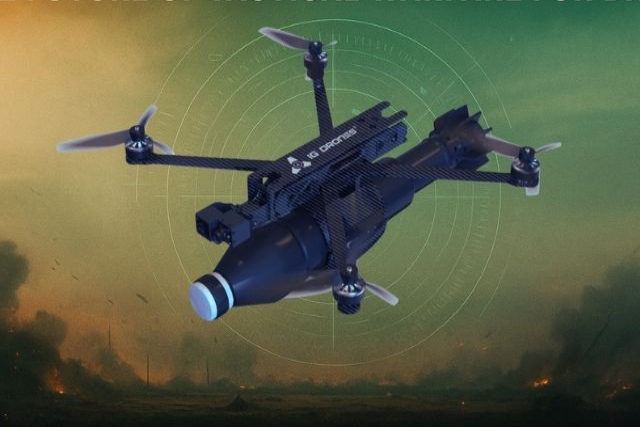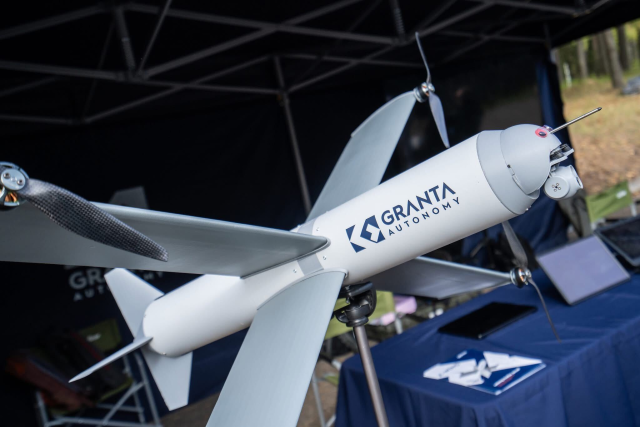China Develops Wing-flapping Drone that Mimics Falcons
This drone can serve in military roles like reconnaissance and surveillance, as well as precision strikes, ecological monitoring, and environmental protection.
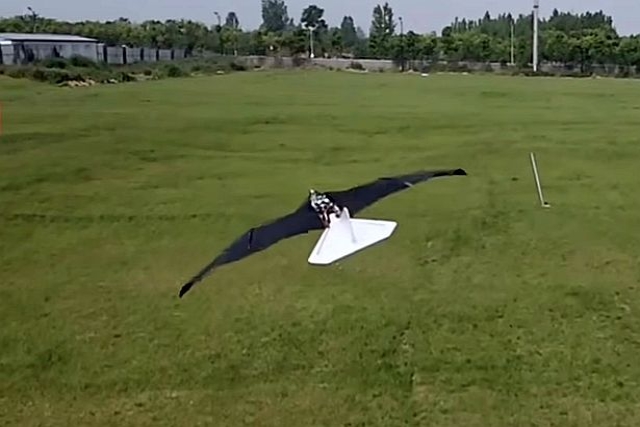
A Chinese university has developed a wing-flapping drone that mimics falcons and other birds of prey in flight.
Developed by a research team on aircraft bionics from the Xi'an-based Northwestern Polytechnical University, the drone called "Ornithopter," which is about the size of a falcon, was recently test-flown, government-controlled China Central Television (CCTV) reported.
The ornithopter drone can flap its wings, bend them rearwards or fly with one wing folded and another stretched to achieve speed, swoop and other flight requirements.
It can be used to swoop down and attack slow-moving quadcopter drones and conduct reconnaissance.
Details of payload options and type of engine and propulsion system have not been revealed in the CCTV report.
The Ornithopter enhances flight efficiency by mimicking birds' wing-stretching and folding movements. The Small Falcon ornithopter achieves this through a novel cone crank mechanism, as reported.
Optimized through Computational Fluid Dynamics (CFD) simulations and wind tunnel tests, the Small Falcon can fold its wings while flapping, fold only one wing during flight, adjust wing-flapping speed, and lock its wings for gliding. These design features grant the Small Falcon agility and bird-like flying movements.
The ornithopter has potential applications in military reconnaissance, surveillance, precision strike missions, ecological monitoring, and environmental protection.

Netizens commented on the striking resemblance between the ornithopter and an actual bird, especially when observed from a distance.
Anonymously quoted in the Global Times, a Chinese aviation expert noted the challenge of distinguishing the highly biomimetic ornithopter from a real bird with the naked eye, particularly at higher altitudes.
The expert highlighted the ornithopter's potential for achieving stealth through recognition, a departure from the conventional focus on electromagnetic waves, noises, and visibility in modern fixed-wing and rotorcraft.
“Even if you see the aircraft, you will tend to ignore it because you might think it is a bird,” the expert said.
